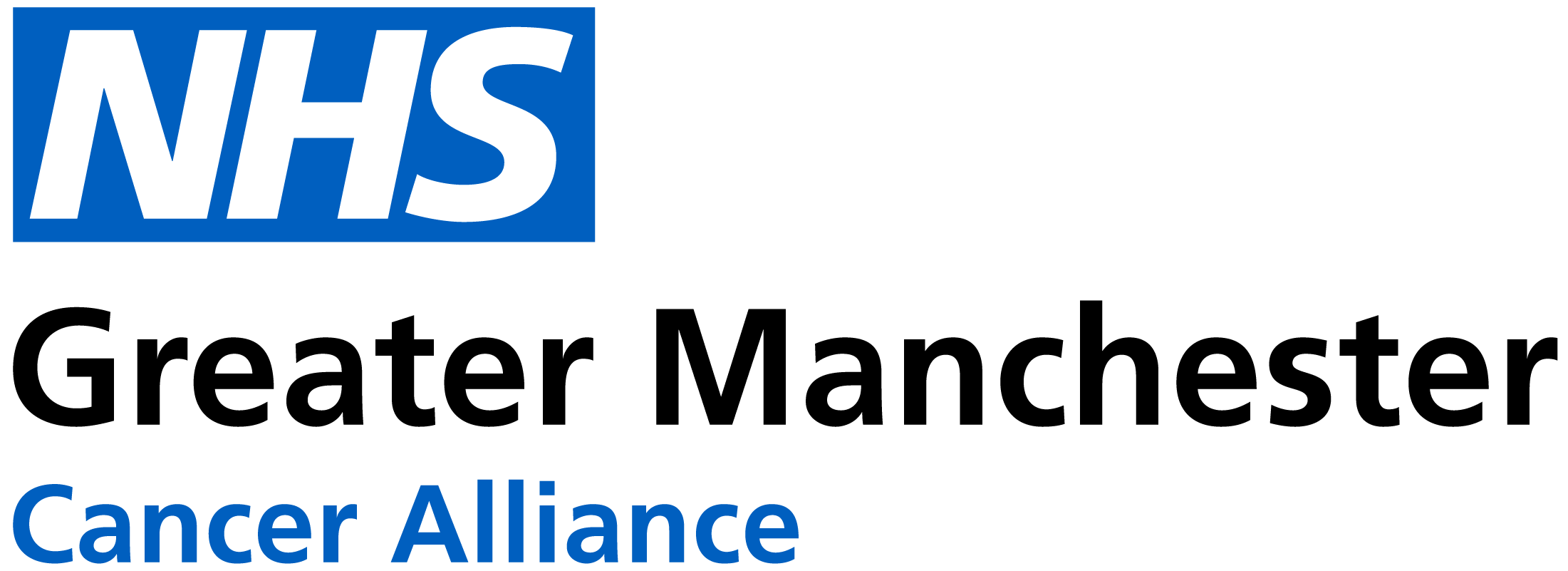Best Practice Timed Pathways
Best Practice Timed Pathways map out the specific clinical events and tests that are needed, and on what timescales, in order to meet the 28-day Faster Diagnosis Standard for suspected cancer. This national standard requires that a patient is either diagnosed with or has cancer ruled out within 28 days of being referred by their GP.
Each Best Practice Timed Pathway is specific to a particular cancer type (e.g. lung), and was developed by clinical experts. It represents the gold standard pathway for that type of cancer.
The aims of introducing national Best Practice Timed Pathways were to:
- Support cancer services to reduce the time to diagnosis and achieve the 28-day Faster Diagnosis Standard.
- Reduce the time between referral and treatment for cancer services.
- Provide a clearer pathway for patients with fewer visits to healthcare settings.
Pathways have been developed for suspected breast, colorectal, prostate, skin, head and neck, gynaecological, oesophago-gastric, and pancreatic, liver, bile duct and gall bladder (HPB) cancers.
Highlights and feedback from the introduction of Best Practice Timed Pathways across Greater Manchester include:


